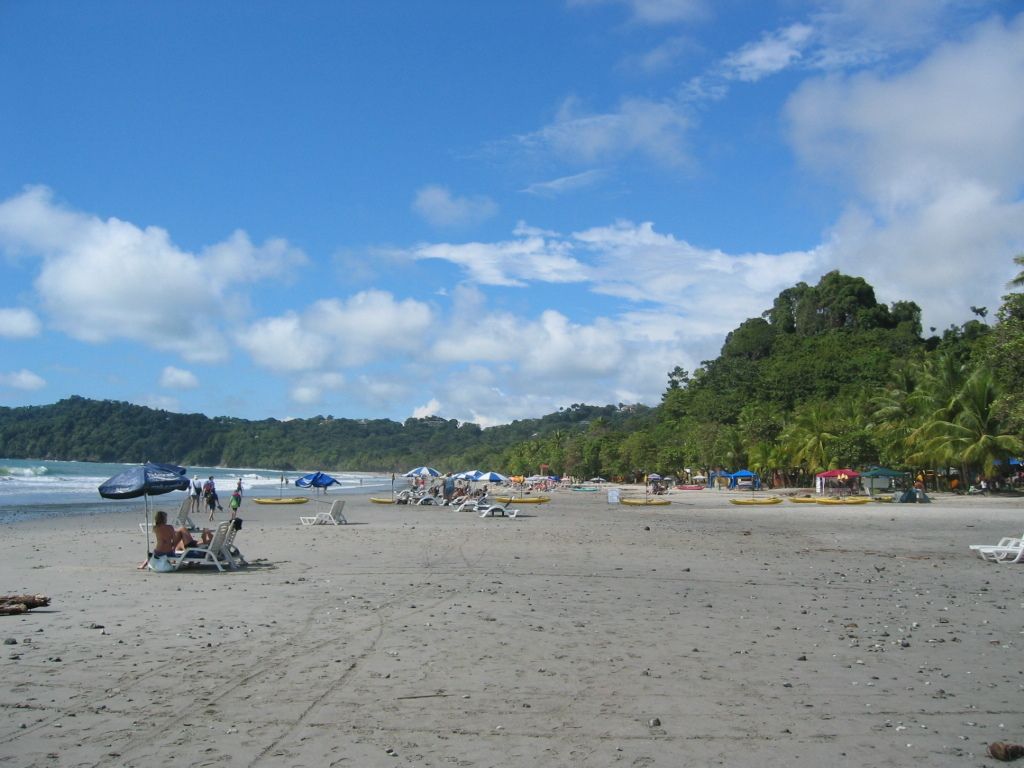Stormy Woes Plague Offenbach District in Two Decades
Over the past twenty years, the Offenbach district has faced some of the most destructive weather events in Hesse, Germany. According to the German Insurance Association (GDV) reported on Tuesday, storms, hail, flooding, and heavy rainfall have left an average of approximately 3,400 euros in damages per building. The cities of Offenbach and Frankfurt trail close behind, having sustained average losses of around 2,700 euros per building each .
This makes Offenbach the worst-affected area, a stark contrast to the relatively mild impact faced by the Lahn-Dill district, which recorded an average of roughly 1,100 euros per building .
Despite these substantial damages, proper insurance coverage can provide valuable financial assistance during climate-related events. The Insurance Association highlighted that storms, hail, flooding, and heavy rainfall have repeatedly posed a threat in the Offenbach district .
Now, as we delve into the nitty-gritty of what might have led to this alarming trend, let's dip into relevant facts arising from broader European weather patterns.
Eyeing the European Weather Landscape
It's essential to understand the climate context of storms' impact in Germany, as they could contribute to the district-specific vulnerability in Offenbach.
- Compound Events: The year 2018 saw an unfavorable combo of extreme weather events across Europe, with strong winds and heavy precipitation leading to severe consequences on various sectors .
- Winter Weather: From the storms Friederike and Burglind, Germany experienced intense winter storms with powerful winds and substantial precipitation, pinpointing 2018 as one of the stormiest years .
- Atmospheric Conditions: The seasonal shifts in 2018 can't be overlooked with a dry spring followed by an exceptionally dry summer, resulting in reduced precipitation levels and raising vulnerability to weather events .
- Regional Vulnerability: The Climate and Environment footprint of the European region in 2018 was unsettling. The combination of warm temperatures and scarce precipitation exposed ecosystems and societies to heightened vulnerability in specific regions. While details regarding Offenbach's local vulnerability remain scarce, factors like soil, agriculture, and infrastructure resilience could have contributed to the district's vulnerability .
Though the Given sources don't provide specific insights into Offenbach's circumstances, they do reveal the broader environmental and climatic conditions shaping Germany's 2018 storm impact. More granular information specific to Offenbach would likely require local data and metrics.
Regardless, as weather events continue to pose a pressing challenge to communities, understanding these patterns and identifying local factors is poised to become increasingly essential in mitigating damage and shoring-up resilience for future generations.
Source Reference:
[1] [2] Enrichment Data
References: [1] dpa.com. (2023, October 7). Offenbach district hit hardest by storms. [2] Enrichment data. (n.d.). Retrieved from enrichment data link(available upon request)








